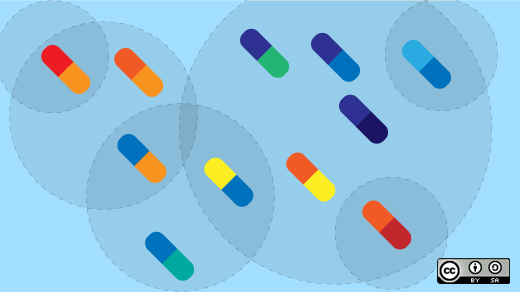When it comes to infectious diseases, sharing is generally discouraged. But recently, pharmaceutical giant GlaxoSmithKline (GSK) opened up the designs behind 13,500 chemical compounds, which the company narrowed down from over two million, that may be capable of fighting malaria.
The process of determing which compounds could yield a malaria drug is time consuming and complex, but GSK hopes to inspire other researchers to pool their intellectual property and work together to develop new and better medicines to fight the diseases that are rampant in the world’s poorest countries.
As it turns out, open innovation isn't unique to GSK. Last June, the CEO of Sanofi-Aventis announced his plan to collaborate with smaller companies to improve the ideas coming out of R&D. And shortly thereafter, Pfizer launched its own online community to increase patient and doctor awareness of clinical trials, speeding time-to-market of new drugs.
But there remains greater potential for open innovation within the pharmaceutical industry. In a 2009 issue of Expert Reviews Clinical Pharmacology, Thomas Senderovitz, MD, FCP published a paper entitled "How open innovation could reinvigorate the pharmaceutical industry with fresh R&D opportunities." In it he argues that "healthcare solutions can best be innovated, developed, and probably even marketed through the collaboration of many different companies from different industries sharing their expertise and intellectual property."
The pharmaceutical industry seems to understand this, at least intellectually. We're seeing big names like Johnson & Johnson hail open innovation as the way out of an economic crisis.
But the question remains: Will this industry fully transform its business models to include openness and collaboration as key elements for success?






1 Comment